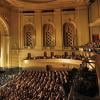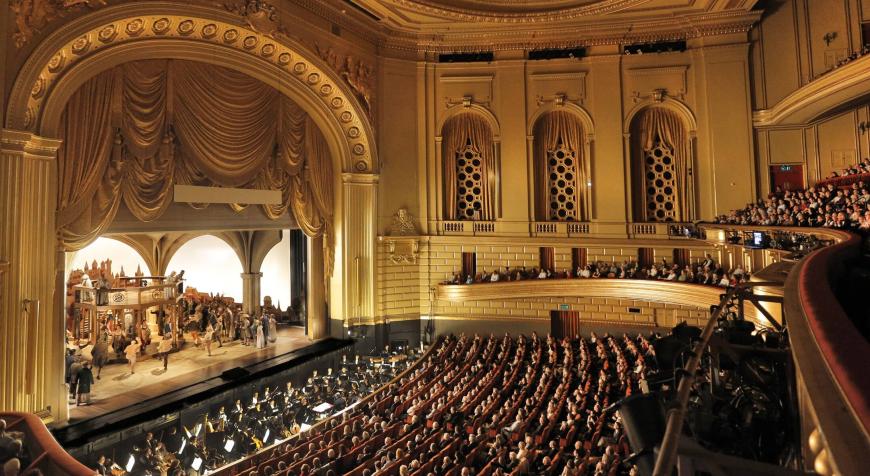
In a few hours and through the next 10 months, San Francisco Opera will deal with both the grandeur of opening its centennial season and the daunting challenge of the pandemic, which is still not quite over.
Challenges are nothing new to the company, born in a city that rebuilt itself from the ruins of the 1906 quake and survived the Great Depression and World War II. Still, after two years of COVID, which initially shut down the War Memorial and kept audiences and ticket income away, the task of another season is daunting.
The ambitious centennial season requires exceptional funding, the kind of popular support that made the creation and sustenance of the company possible in the first place, and the return of audiences in sufficient numbers to generate new income — the return still largely gated by the state of COVID and how people feel about it. Let’s take those factors one by one.
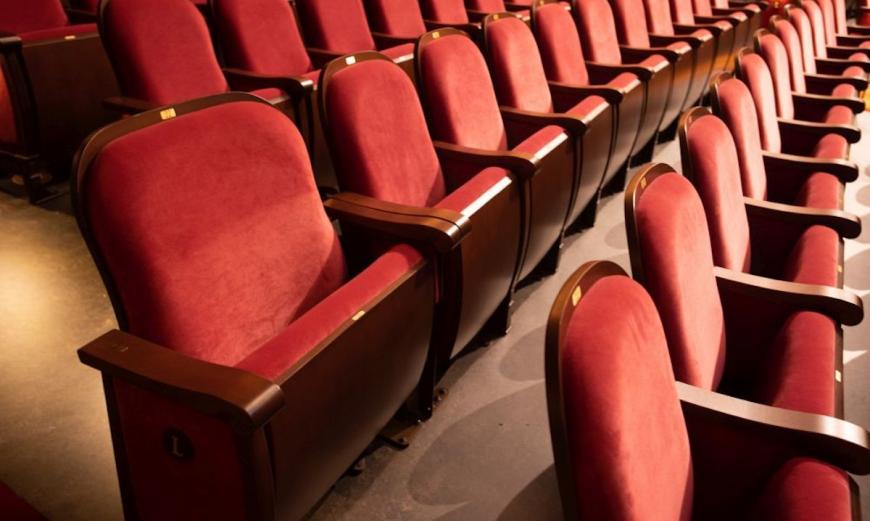
Concerning budget: SF Opera today is a huge organization, running before the pandemic on a $78.5 million operating budget, involving hundreds of employees, orchestra musicians, soloists, chorus members, technicians, costumers, makeup artists, security, and stagehands.
The budget stayed at $70.5 million in fiscal year 2020, still including income from 2019, but dropped to $52 million in fiscal year 2021 as the result of closures in 2020. Still, the company has assets in excess of a third of a billion dollars; at the end of fiscal year 2019, they equaled $273 million, and even with COVID problems, total assets sharply increased at the end of 2021 to $370 million.
Eight years ago, which seems like an eternity now, former General Director David Gockley, fighting the effects of the previous downturn in the economy, forecast for the centennial year, with surprising accuracy about the budget. He estimated:
Operating budget: $92 million [see next paragraph]; season subscribers: 80,000 [that went by the wayside with the pandemic and the general reduction of arts patronage]; ticket sales providing percentage of budget: 29% [this was 58.7% in 1980, steadily dropping each season, likely to be low this season].
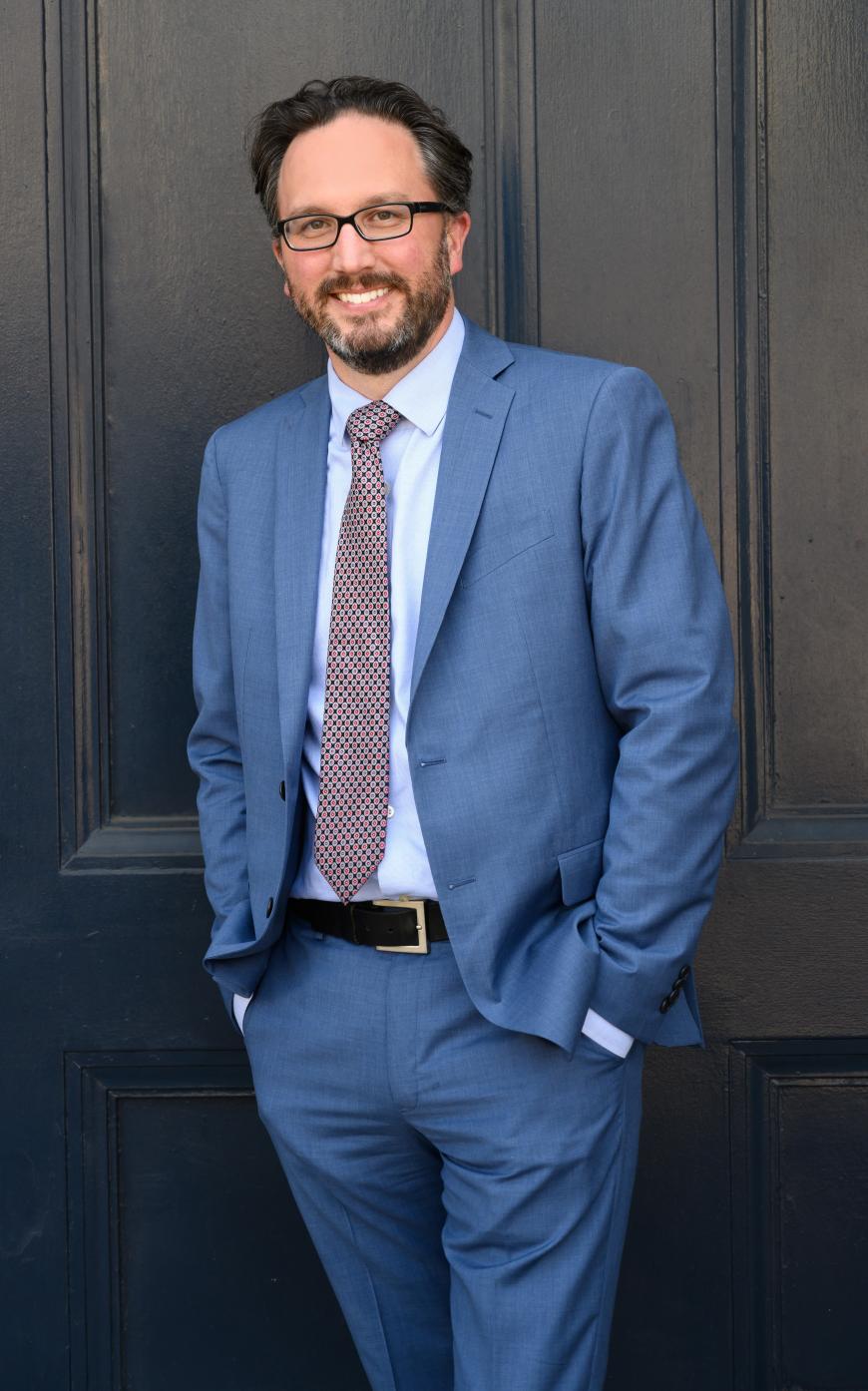
Gockley’s successor, Matthew Shilvock, estimated earlier this year that the operating budget for 2022–2023 would be “in the low 90s,” nearly double the 2021 pandemic-depressed figure. On the other side of the ledger is the fact that the country’s opera companies invested over a billion dollars in the economy annually before 2020.
Now, ticket sales: Going off SF Opera’s ticket-purchase application, sales for Antony and Cleopatra are slow. Fewer than half of the balcony seats are sold for the Sept. 15 performance, but the orchestra is well filled — par for the course when it comes to new operas. The situation for Sept. 23 and Sept. 29 is similar, with even fewer balcony seats taken.
For the Oct. 15 performance of Dialogues of the Carmelites, the orchestra is mostly filled, the balcony is mostly empty. A similar picture prevails for the Nov. 11 La traviata and the Nov. 15 Orpheus and Eurydice.
Subscriptions are priced from $178 to $3,248; single tickets range from $26 to $422, available at the SF Opera box office, by phone at (415) 864-3330 and online.
There are several programs to make attendance possible for those on a limited budget:
— $10 standing room tickets are available during the centennial season in the War Memorial, unlike at numerous other opera companies, which closed their standing rooms, no matter how important they were historically to inviting in young and new audiences. The legendary SF Opera Standees Association is no more, but the tradition continues. Sold day of performance only, starting at 10 a.m. Cash only. Limit two per person.
— Thanks to the generosity of the Dolby Family Foundation, $10 tickets in prime seating sections will be available to anyone with a Bay Area mailing address zip code who has not attended SF Opera in the past three years. The initiative is called Opera for the Bay.
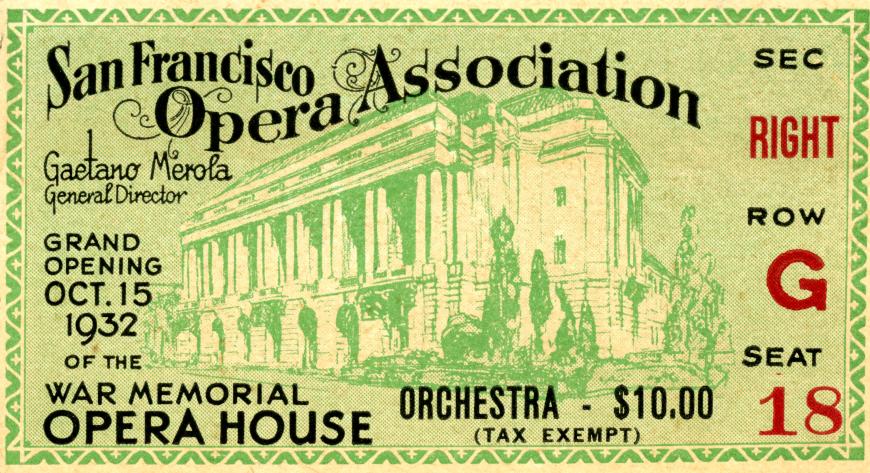
— Rush tickets, another SF Opera tradition, also continue, allowing attendees to fill some of the most expensive orchestra seats.
— “Thanks to COVID,” streaming is now part of the opera experience, and SF Opera, which has a long and grand tradition of video recording and transmission, is now making centennial season performances available for $27.50. The third performance of every mainstage opera during the season can be viewed as a livestream, and the opera will be available on demand for 48 hours after the performance.
And finally, the pandemic: Unlike many other performing arts organizations, SF Opera is maintaining COVID precautions, prompting subscribers to thank the company for continued caution and concern for the safety of audience members, performers, cast, and staff.
SF Opera requires that “all patrons aged 5 and older must show proof of full vaccination (defined as two weeks after your final shot), along with a matching photo ID. All patrons must wear well-fitted masks that cover their nose, mouth, and chin when inside the facility unless they are actively eating or drinking.” There are also provisions for children under 5, although that age group is rarely seen in the War Memorial.
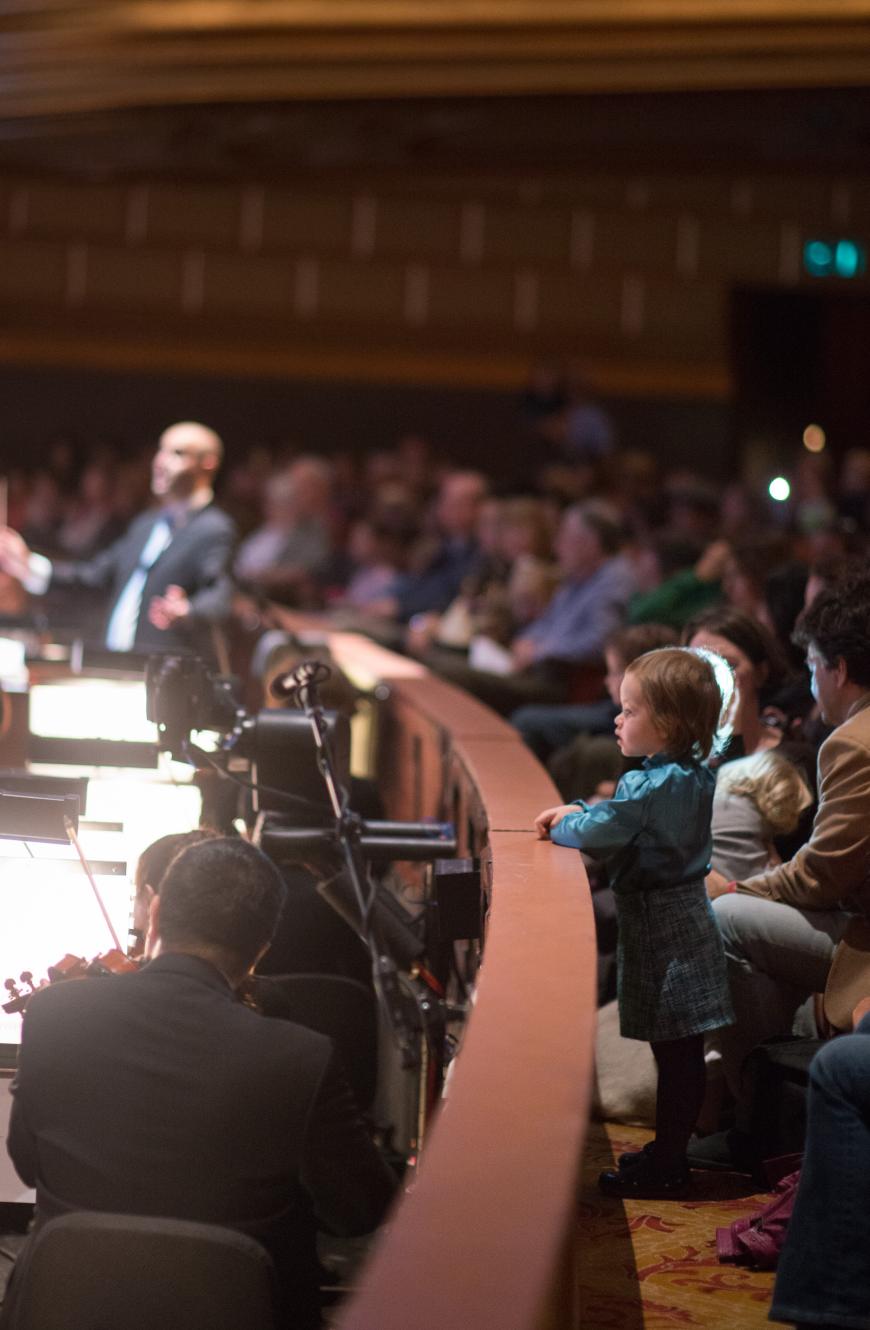
There is no minimum age limit, except the requirement for the ability to sit up, as in “all infants and young children are required to have a ticket; we do not allow children to be seated in the laps of other guests. If you are attending with a child under the age of 5, please contact the box office at (415) 864-3330.”
Shilvock is quoted in The New York Times on Sept. 5: “Some organizations, including San Francisco Opera, are still holding on to both mask and vaccination requirements. Matthew Shilvock, the opera’s general director, acknowledged that ‘life around us is becoming increasingly mask-free’ but said the company felt that the protocols were still needed.
“Shilvock explained: ‘If a singer goes out with COVID, they are out for 10 days, and that can mean they lose three performances. Our recent audience survey also indicated a very strong desire for continued safety protocols in the auditorium.’”
As to the air circulation in the Opera House, John Caldon, managing director of the SF War Memorial and Performing Arts Center, told SF Classical Voice:
“The War Memorial Opera House and Davies Symphony Hall are both in full compliance with CDC guidelines regarding air circulation. By design, airflow rates are not consistent throughout the facilities. Together the buildings have a combined total of approximately 30 air handling units, each of which has a unique rate of flow based on a variety of factors.
“To ensure the safety of patrons and employees, the War Memorial worked with Enpowered Solutions to assess our HVAC systems [heating, ventilation, and air conditioning] and develop operational guidelines, which include the use of MERV-13 or higher-rated filters, operating HVAC systems 24/7, using 100 percent outside air, and performing maintenance to ensure all air handling units are functioning as designed.
“The CDC recommendation regarding air changes is based on ASHRAE guidelines, which recommend that the air in a given space be changed three times between uses of the space. All War Memorial venues are in compliance with this recommendation. Davies Symphony Hall can change the air in its auditorium three times in approximately four hours. In the War Memorial Opera House, air can be changed three times in approximately 72 minutes. Building activity is scheduled based on these air-change rates to ensure safety.”


